Brownie lovers (Adding an extra egg to brownie mix) often look for ways to improve boxed brownie mix, and one of the most common tricks is adding an extra egg. But what really happens when you add an extra egg to brownies? Does it make them fudgier or cakier?
In this guide, we’ll explore how eggs affect brownie texture, whether extra eggs are the secret to better boxed brownies, and what other ingredients you can add to enhance your brownies.
Table of Contents
What Happens When You Adding an extra egg to brownie mix?
The Role of Eggs in Brownies
Eggs are crucial in brownie recipes because they:
- Bind ingredients together for structure.
- Add moisture for a soft texture.
- Incorporate air for a lighter consistency.
Effect of Extra Eggs in Brownies
| Number of Eggs | Resulting Texture |
|---|---|
| 1 egg | Dense, chewy brownies |
| 2 eggs | Classic, balanced texture |
| 3 eggs | Lighter, more cake-like brownies |
| 4+ eggs | Very fluffy and airy, almost like cake |
Conclusion:
- More eggs = cakier brownies.
- Fewer eggs = denser, fudgier brownies.
What Makes Brownies Fudgy vs. Cakey?

Key Differences Between Fudgy and Cakey Brownies
| Brownie Type | Fat Content | Egg Content | Baking Time |
|---|---|---|---|
| Fudgy Brownies | More butter/oil, less flour | Fewer eggs | Shorter |
| Cakey Brownies | Less fat, more flour | More eggs | Longer |
How to Adjust Brownie Texture
- For fudgy brownies: Use fewer eggs, more fat, and slightly underbake.
- For cakey brownies: Add an extra egg and bake slightly longer.
Are Extra Eggs the Secret to Better Boxed Brownies?
When Should You Add Extra Eggs?
- If you want a fluffier, cake-like texture, add one extra egg.
- If you prefer rich, dense brownies, stick to the recipe or even remove an egg yolk.
Other Secrets for Better Brownies
- Use butter instead of oil for richness.
- Replace water with milk for a creamier texture.
- Add espresso powder to enhance the chocolate flavor.
What Can I Adding an extra egg to brownie mix to Make It Better?

Best Mix-Ins for Upgraded Brownies
| Ingredient | Effect on Brownies |
|---|---|
| Chocolate Chips | Adds gooey, melty pockets |
| Vanilla Extract | Enhances sweetness |
| Nuts (walnuts, pecans) | Adds crunch |
| Caramel or Peanut Butter Swirls | Creates a rich, gooey texture |
| Fresh Berries | Adds tart contrast |
Secret Baking Tips for the Best Brownies
- Let the batter rest for 10 minutes before baking for a richer flavor.
- Bake at 325°F for a fudgier texture.
- Chill brownies before cutting for cleaner slices.
Common Mistakes When Adding an extra egg to brownie mix
Avoid These Errors
- Adding too many eggs – Can make brownies too airy.
- Skipping extra fat – More eggs need more fat for balance.
- Overmixing the batter – Can lead to tough brownies.
- Overbaking – Extra eggs mean brownies dry out faster.
FAQs About Adding Extra Eggs to Brownie Mix

What happens when you Adding an extra egg to brownie mix?
Brownies become lighter and more cake-like.
Eggs play a crucial role in brownie texture. Adding extra eggs changes the consistency by:
- Increasing structure – More eggs add protein, helping brownies rise and become more airy.
- Creating a cake-like texture – The extra eggs trap more air, making the brownies fluffier and less dense.
- Reducing fudginess – Since fudgy brownies rely on higher fat content (butter/oil), more eggs reduce the gooey factor.
Best Practices for Adjusting Eggs in Brownies:
✔ Want fudgy brownies? Stick to the original number of eggs in the recipe.
✔ Want cakey brownies? Add one extra egg for a lighter, fluffier texture.
✔ Want chewy brownies? Use one whole egg + one extra yolk for a denser, richer texture.
Benefit of Adjusting Eggs:
✔ Allows you to control brownie texture based on personal preference.
✔ Creates softer, fluffier brownies for those who prefer a more cake-like bite.
✔ Helps with recipe customization, so you never get bored with the same brownies!
What makes brownies fudgy vs cakey? (Adding an extra egg to brownie mix)
Fudgy brownies have more fat and fewer eggs, while cakey brownies have more eggs and flour.
Understanding the key ingredient ratios will help you bake the perfect brownie texture:
Fudgy Brownies:
- More fat (butter or oil) creates a dense, rich texture.
- Fewer eggs (typically 1 or 2) prevent excess structure formation.
- Less flour allows the batter to remain moist and gooey.
Cakey Brownies:
- More eggs help the brownies rise and become airy.
- More flour absorbs moisture and contributes to a firmer texture.
- Less fat keeps the brownies from being too dense.
Best of Both Worlds – Chewy Brownies:
- A mix of fat and eggs for the perfect balance of density and structure.
- Adding an extra yolk enhances chewiness without making brownies too cakey.
Benefit of Knowing This:
✔ Helps you customize brownies based on your preference.
✔ Allows for better ingredient adjustments in any brownie recipe.
✔ Ensures perfect texture every time, whether you love fudgy, chewy, or cakey brownies!
Are extra eggs the secret to better boxed brownies? (Adding an extra egg to brownie mix)
It depends! Extra eggs make brownies fluffier, but if you want fudgy brownies, stick to the original number.
Adding an extra egg to boxed brownie mix is a simple tweak that changes the texture:
- More eggs → Cakier brownies – Great if you love fluffy, airy desserts.
- Same eggs → Fudgy brownies – Stick to the original instructions if you prefer rich, dense brownies.
- One egg + extra yolk → Chewy brownies – This keeps the brownies moist but firm.
Pro Tips to Improve Boxed Brownies:
- Use butter instead of oil for a richer, homemade taste.
- Replace water with milk for a creamier, smoother texture.
- Add vanilla or espresso powder to enhance chocolate flavor.
Benefit of Adjusting Eggs in Boxed Brownies:
✔ Gives you control over the final texture—cakey, chewy, or fudgy.
✔ Helps improve store-bought brownie mixes without extra effort.
✔ Makes boxed brownies taste homemade and customized to your liking.
What can I add to brownie mix to make it better?
Butter, milk, chocolate chips, nuts, and espresso powder all enhance flavor and texture.
Boxed brownie mix is convenient, but simple mix-ins can turn them into gourmet-quality treats:
- Butter instead of oil – Adds richness and a homemade taste.
- Milk instead of water – Makes brownies creamier and softer.
- Chocolate chips – Creates melty chocolate pockets for extra decadence.
- Nuts (walnuts, pecans, or almonds) – Adds crunch and depth of flavor.
- Espresso powder or cinnamon – Enhances the chocolate richness without overpowering.
- Caramel or peanut butter swirls – Adds layers of sweetness and texture.
Why These Additions Work:
✔ Enhances flavor depth and richness.
✔ Creates a homemade texture and gourmet feel.
✔ Customizes the brownie experience to suit personal tastes.
Even with boxed brownie mix, these simple add-ins can make them taste as good as bakery brownies!
Conclusion
Adding an extra egg to brownie mix changes the texture, making brownies more cakey. If you prefer fudgy brownies, use fewer eggs and more fat. Experiment with mix-ins like chocolate chips, nuts, or caramel to customize your perfect brownies!


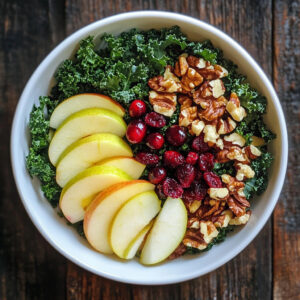

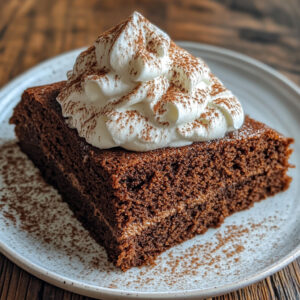
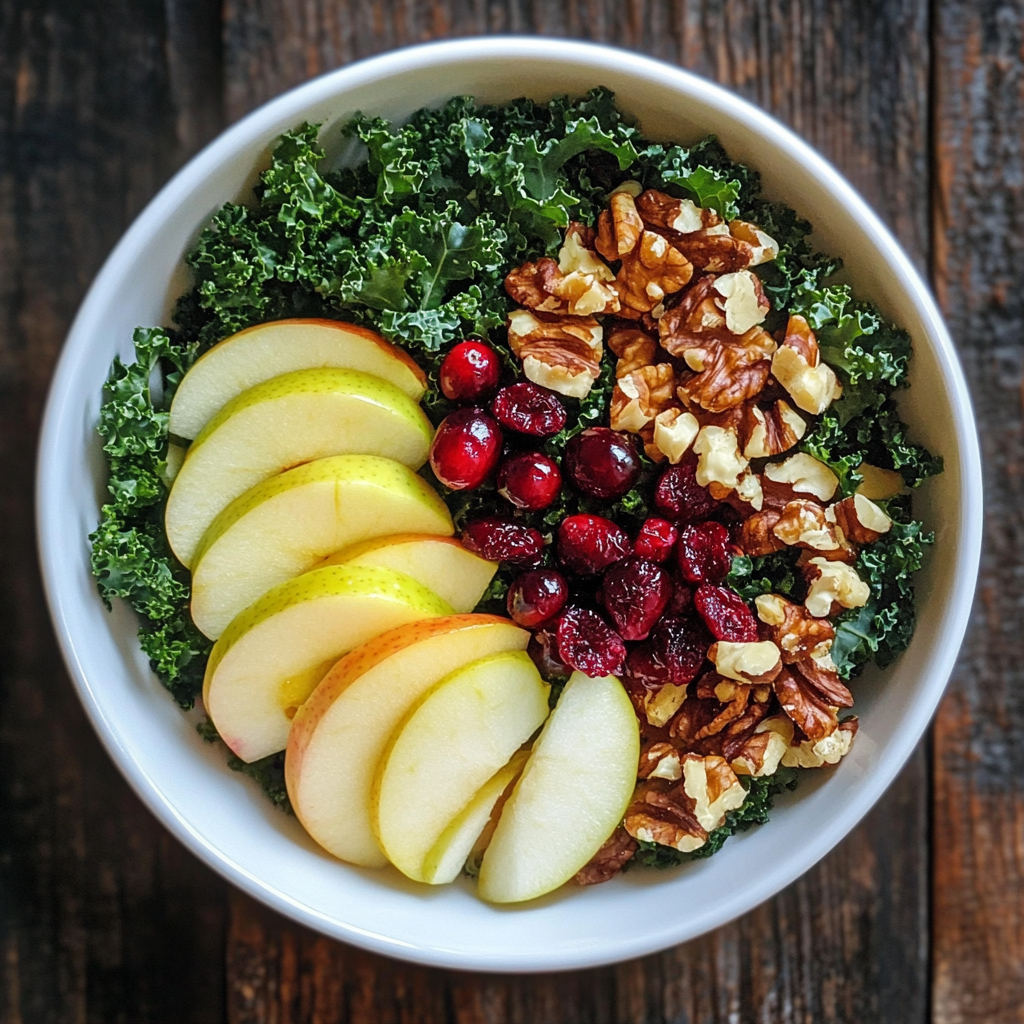
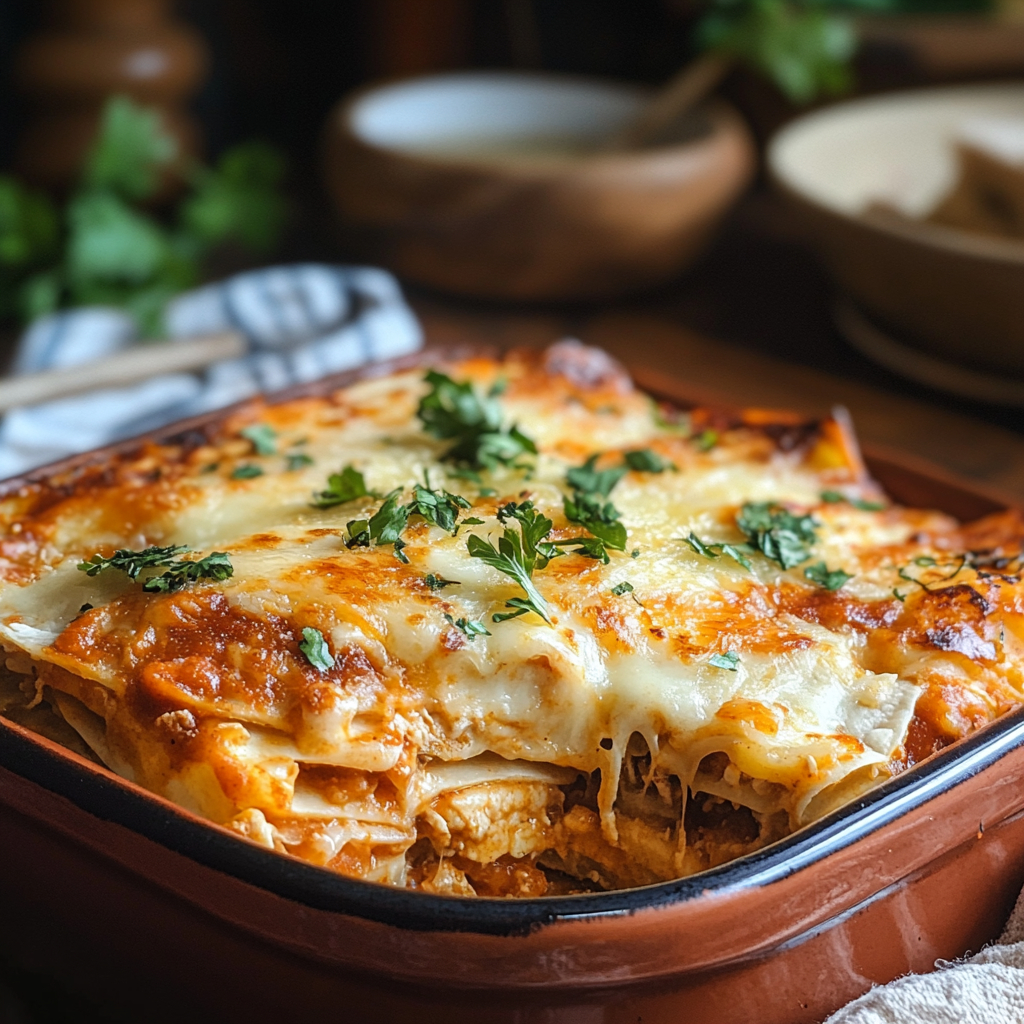
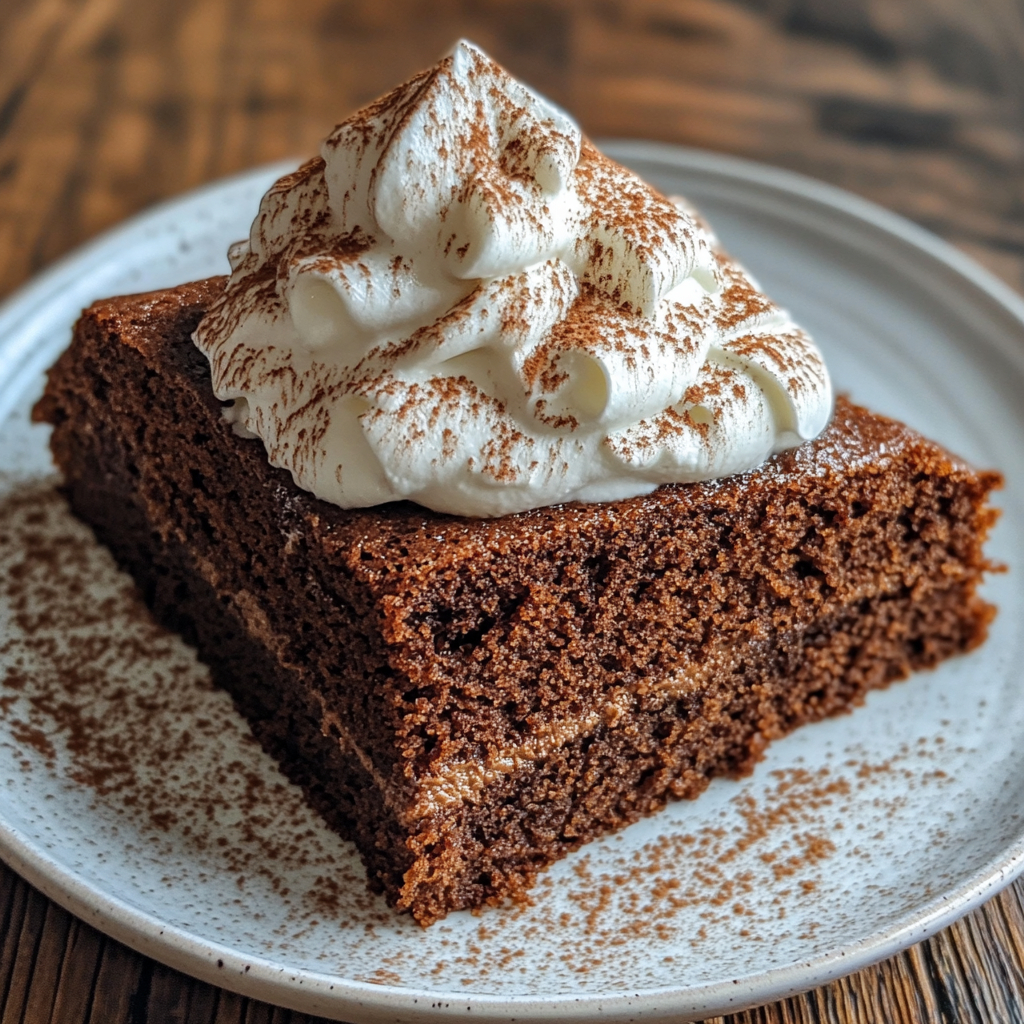
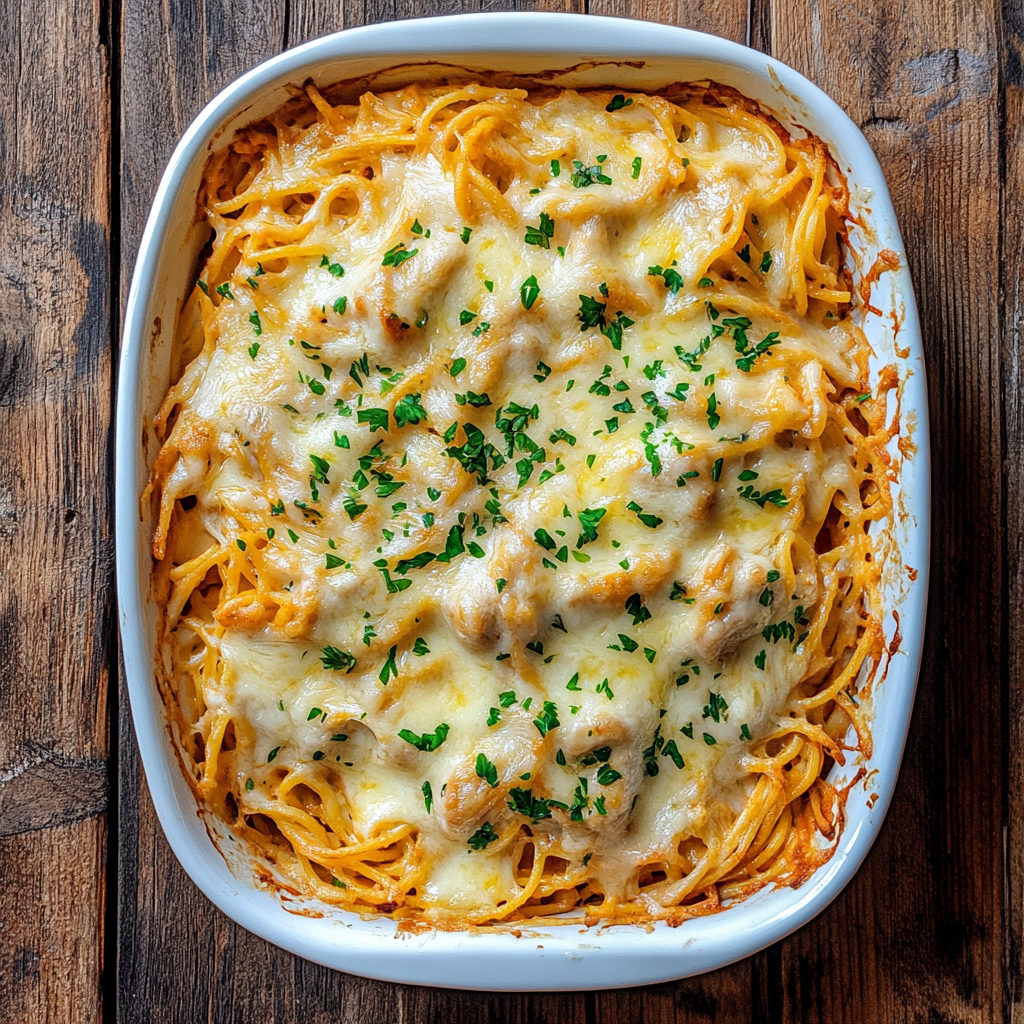

1 thought on “Adding an Extra Egg to Brownie Mix: What Happens & How It Affects Texture”